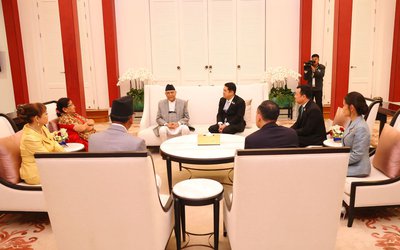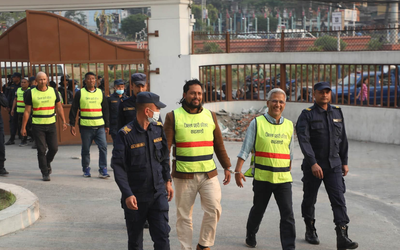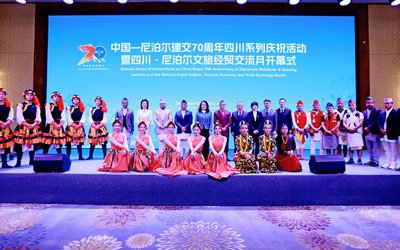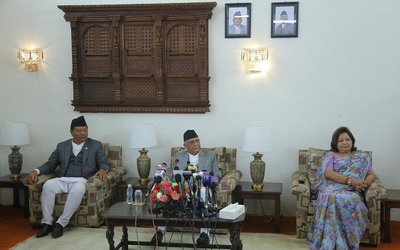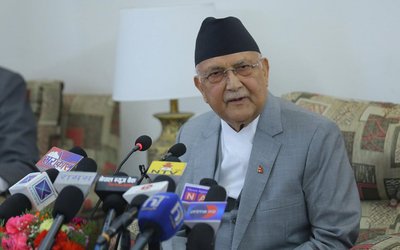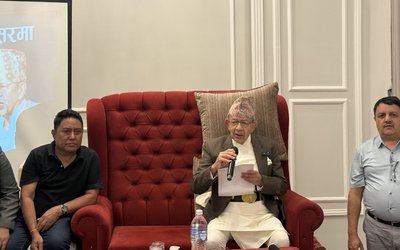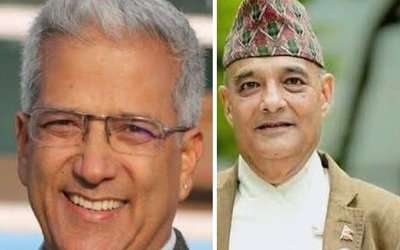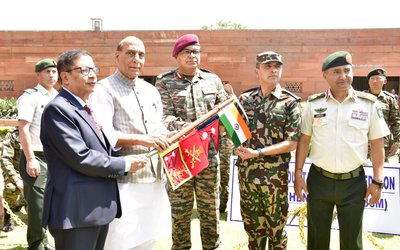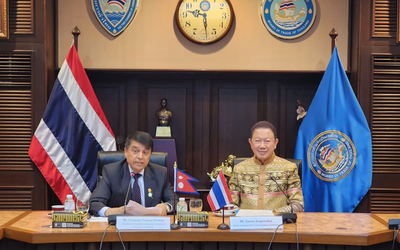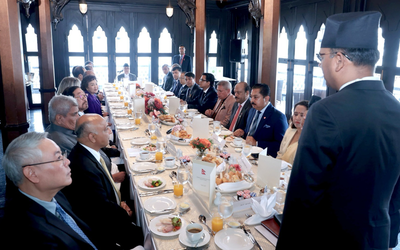One year after an earthquake that killed over 9,000 people and led to damages and losses estimated at US$ 7 billion, the United Nations World Food Program (WFP) is working with the Government of Nepal so those most vulnerable to food insecurity are not left behind.
“People who were worst off before the quake are the ones who lost the most,” said Pippa Bradford, WFP Representative and Country Director. “Ensuring that support targets these households is vitally important so that no one gets left further behind.”
WFP provided food assistance to 2 million people within six weeks of the earthquake, and has been using food assistance to support early recovery work by paying people with food or cash to rebuild community infrastructure. In the past year, irrigation systems were built or repaired on 546 hectares of agricultural land, 729 kilometers of feeder roads were repaired, and 1,714 kilometers of mountain trails were fixed.
According to a press release issued by WFP, Despite improvements in food security in quake-affected areas, due in part to humanitarian assistance, significant pockets of vulnerability remain. A quarter of people in Nepal live on less than US$1.25* a day, and on average spend 60 percent of their income on food, making it hard for them to cope with shocks such as disasters and soaring food prices.
WFP has just launched a three-year development program focusing on vulnerable groups including female-headed households and ethnic minorities. WFP’s work will support the Government’s livelihood recovery strategy in the sectors of community infrastructure, food security and agriculture, nutrition and disaster risk reduction.
WFP will also expand its emergency preparedness measures. One month before the earthquake, WFP established a Humanitarian Staging Area (HSA) next to Kathmandu airport, which became the hub for emergency aid in the early response. It is estimated that this facility enabled survivors to receive emergency supplies weeks faster than would otherwise have been possible. WFP plans to continue developing the HSA facility in Nepal.
“We cannot afford not to invest in emergency preparedness,” said Bradford. “Disaster can strike Nepal at any time, and we need to be ready.”
As lead of the logistics cluster, during the emergency response WFP coordinated the transportation of relief materials for more than 160 organizations, from entry into the country through to delivery by foot or mule to the remotest areas.

